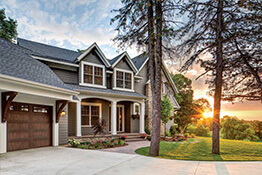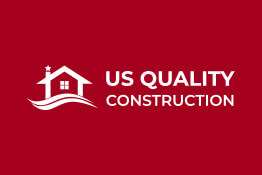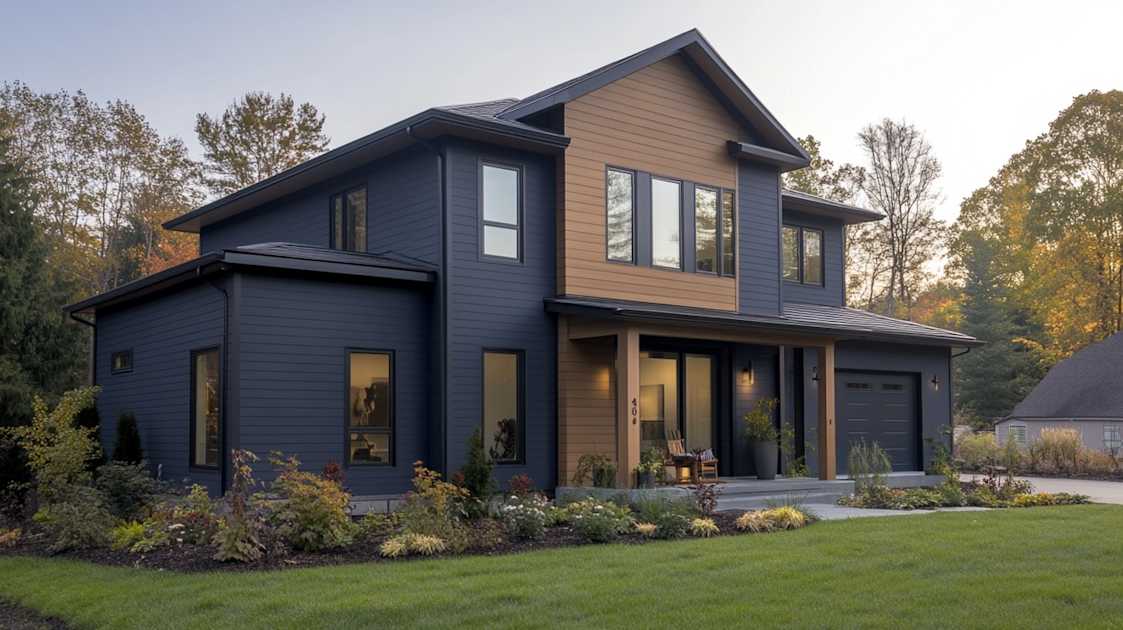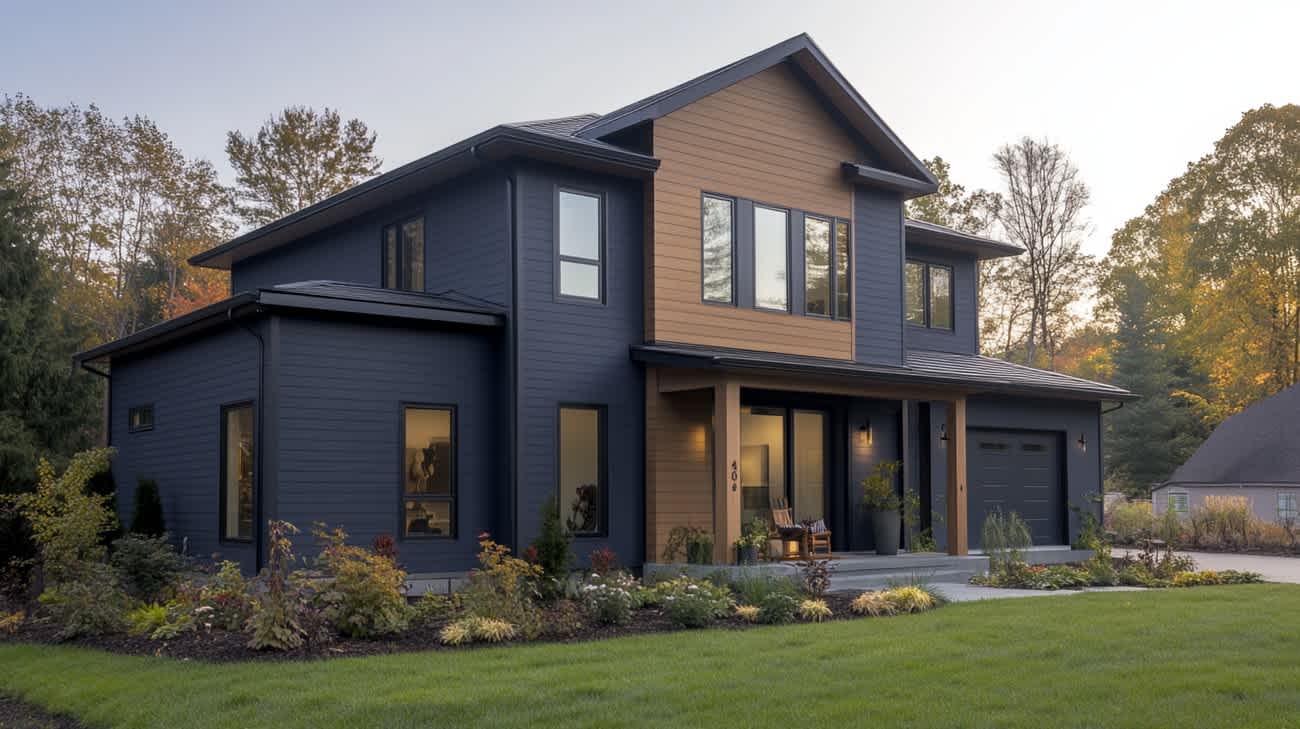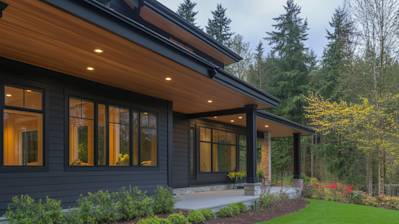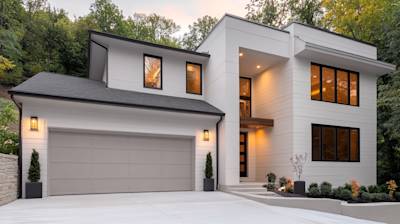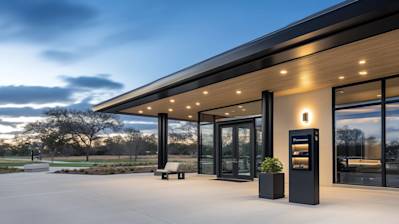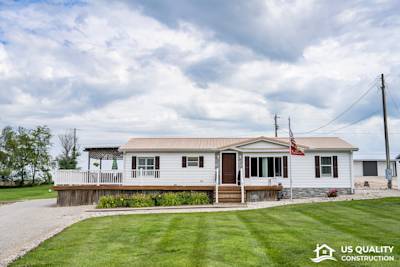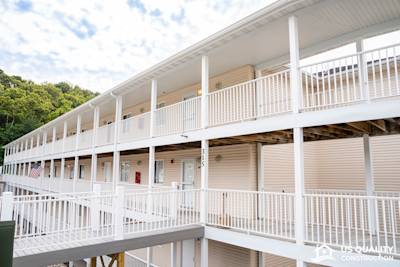Aluminum siding has come to be highly appreciated in the residential housing market due to its durability, low maintenance, and energy-saving benefits. This comprehensive guide seeks to delve deeper into the world of aluminum siding, shedding light on its properties, installation and maintenance procedures, cost implications, and its increasing popularity amongst homeowners.
The Basics of Aluminum Siding
Aluminum siding is primarily made from the lightweight, yet highly sturdy and durable, aluminum metal. It gained popularity in the mid-20th century as a convenient, cost-effective, and aesthetically pleasing alternative to traditional wood sidings. Over time, it morphed into an efficient modern solution for various climate conditions and architectural styles.
Key features of aluminum siding include:
- Outstanding resilience to harsh weather conditions
- Malleability, enabling it to be molded into variable patterns and shapes
- Fire-resistant properties
- Eco-friendliness due to its recyclability
Installation Process of Aluminum Siding: Step-by-Step Guide
Understanding the installation process of aluminum siding helps make an informed decision about whether it is the right choice for your home.
Step 1: Gathering Supplies: Essential supplies for installing aluminum siding include chalk line, measuring tape, circular saw with carbide blade, siding nails, snips, and a level.
Step 2: Prepping for Installation: Ensure that the wall is flat and free from debris and repair any damages before installation.
Step 3: Setting the Starting Strip: The first piece (starter strip) gets nailed to your home’s exterior at the bottom.
Step 4: Installation of Siding Panels: Subsequent panels get locked into the lower panel and nailed in their top edge, enabling them to expand and contract during temperature fluctuations.
Step 5: Trimming and Fitting: The last panel may require trimming to fit perfectly against the top of the wall.
Step 6: Finishing Touches: Properly fitted corners and trim finish off the job for a clean, professional look.
This process demands accuracy and experience, so hiring a professional is often the best route.
Making the Right Choices: Different Types of Aluminum Siding
There's a plethora of options that you can choose from depending on personal preference, the architecture of your home, and your specific needs. Some common types of aluminum siding include:
Vertical and Horizontal Siding: Vertical siding gives a modern look to your house, while horizontal gives it a traditional appeal.
Smooth and Textured Siding: Textured siding mimics a wood-like appearance, while smooth siding gives a polished, sleek look.
Pre-painted and Unpainted Siding: Pre-painted siding comes factory-coated, while you can paint the unpainted variant to your desired color.
Cost Implications of Aluminum Siding
The cost of aluminum siding varies depending on factors like product quality, the area of coverage, and labor costs. On average, homeowners may spend between $3 to $6 per square foot for material and installation. Regular maintenance can incur additional costs, but fortunately, these are generally minimal owing to aluminum’s weather-resistant nature.
The Maintenance Guide for Aluminum Siding
Aluminum siding is hailed for requiring minimal maintenance. Here are a few steps that would help you keep your aluminum siding looking as good as new:
- Regular Cleaning: Use a power washer or soft cloth with a mixture of detergent and water for routine cleaning.
- Removing Mildew: Use a bleach solution (1 cup bleach to 1 gallon of water) to remove any growing mildew.
- Scratches and Dings: For minor scratches, use a matching touch-up paint. For dings, use a flat tool to push it out, being careful not to make the ding worse.
- Repainting: When the original paint becomes faded, it’s time to repaint for a fresh, vibrant look.
Sustainability and Aluminum Siding: An Eco-friendly Perspective
One of the often-overlooked benefits of choosing aluminum siding for your home is its positive environmental impact. Aluminum is 100% recyclable material, reducing landfill waste. Furthermore, the minimal maintenance requirements mean less use of chemical cleaning agents, contributing to reduced environmental pollution.
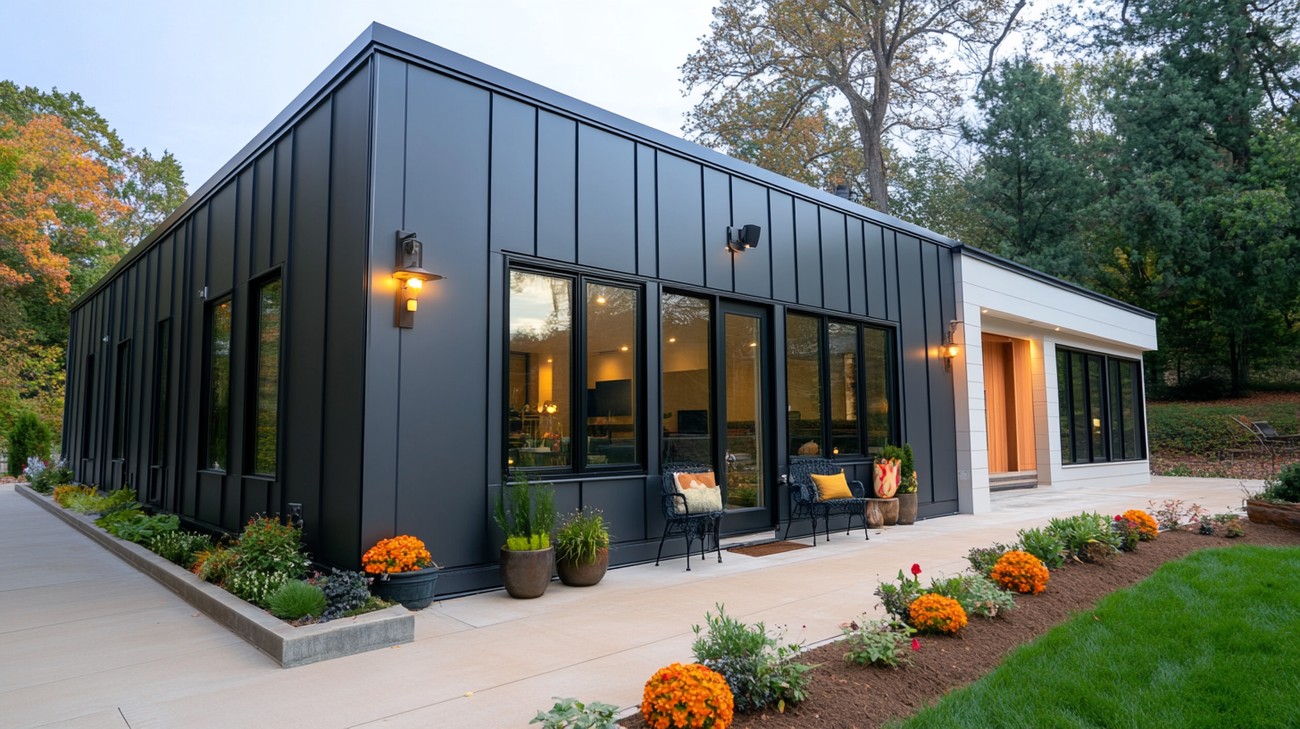
Frequently Asked Questions about Aluminum Siding
Does Aluminum Siding Require Regular Maintenance?
Yes, despite its durability, aluminum siding does require regular maintenance. While it is resistant to rust, it can still dent or scratch over time. Regular maintenance tasks include washing the siding at least once a year, checking for any damage, and immediate repair to prevent worsening.
How Can I Clean Aluminum Siding?
You can clean aluminum siding by using a combination of warm water and dish soap. Apply this solution using a soft brush or sponge, working from top to bottom. Make sure to thoroughly rinse the siding afterward to eliminate any residues.
Can Aluminum Siding be Painted?
Yes, painting aluminum siding is possible. With the right primer and paint, homeowners can give their siding a new appearance. Please consult with professionals before undertaking this task to ensure it’s done correctly.
What is the Expected Lifespan of Aluminum Siding?
Generally, aluminum siding can last between 20 to 40 years with proper maintenance. However, its lifespan can be drastically shorter if it's not appropriately cared for.
How Can I Repair Dented or Scratched Aluminum Siding?
Repairing aluminum siding is generally a straightforward task. Small dents can be removed with the right tools, while larger ones may require replacement of the damaged section. Scratches can often be painted over but consult professionals for significant damage.
How is Aluminum Siding Installed?
Aluminum siding installation involves several steps, including measuring the area, cutting the siding to the correct size, and attaching it to the wall. While it is possible for homeowners to tackle this task, professional installation guarantees it’s done correctly.
Can Aluminum Siding be Recycled?
Yes, aluminum siding is eco-friendly and 100% recyclable. This is one of the reasons why it is a popular siding option among homeowners who are conscious of the environment.
Do Various Aluminum Siding Styles and Colors Exist?
Yes, there exist many styles and colors of aluminum siding. Whether you prefer traditional lap, board and batten, or a more modern style, there's an option for you. Aluminum siding the very best choice for those looking to customize their home’s exterior.
How Much Does Aluminum Siding Cost?
The cost of aluminum siding varies greatly depending on different factors, such as the style, color, and your location. As such, it's best to contact siding professionals in your region to get an accurate quote.
Does Aluminum Siding Attract Lightning?
No, aluminum siding does not attract lightning. While aluminum is a conductive material, the siding is not grounded, so it should not attract lightning more than any other object in your yard.

Pros of Aluminum Siding
Durable and Long-lasting
Aluminum siding is highly durable and can last for several decades, often outliving the house itself. It is resistant to common types of damage that affect other siding materials. Aluminum doesn't rot, warp, or chip over time. This durability ensures that homeowners can have peace of mind knowing their home is protected for the long term.
Low Maintenance
One of the major advantages of aluminum siding is that it requires very little maintenance. Unlike wood, it doesn’t need to be painted or treated. A simple wash with a hose every once in a while is enough to keep it looking clean and fresh.
Environmental Friendliness
Aluminum siding is considered to be an environmentally friendly choice. It is 100% recyclable, meaning at the end of its lifespan, it won’t add to the growing problem of landfill waste.
Cost-Effective
Considering its durability and long lifespan, aluminum siding offers good value for money. Initial installation costs are also relatively lower than other siding options, making it an attractive choice for homeowners on a budget.
Fire Resistance
Aluminum siding is non-combustible, which means it won’t contribute fuel to a house fire. This can be a life-saving feature and offers added peace of mind for homeowners.
Cons of Aluminum Siding
Noise
One characteristic of aluminum that can be a disadvantage is its tendency to make noise. Changes in temperature can cause it to expand or contract, a process that can be quite noisy.
Dents and Scratches
Despite its durability, aluminum siding is susceptible to dents and scratches. This could be an issue particularly if you live in an area frequently hit by hailstones or if you have kids who love to play baseball near the house.
Energy Efficiency
Aluminum does not provide as high a level of insulation as some other materials such as vinyl or fiber cement. Even with insulated aluminum siding, the R-value (a measure of thermal resistance) is not as high as other alternatives.
Fading Over Time
Although it is long-lasting, the color of aluminum siding can fade over time, particularly in regions with high exposure to sunlight. This might mean that you will have to repaint it over time.
Oxidation
In certain types of climates, especially those with high humidity or salty air, aluminum siding can suffer from oxidation, causing it to look chalky and dull over time. This can detract from the aesthetic appeal of the home, and may require additional maintenance to mitigate.
Difficult to Replace
If a section of aluminum siding gets damaged, it can be challenging to replace just that part. Matching the colors and style can be difficult, and in many cases, entire sections may need to be replaced.
Recycling Cost
While recycling aluminum is great for the environment, it can be expensive. If you're replacing your siding and plan to recycle the old material, you'll need to factor this cost into your budget.

Myths and Misconceptions about Aluminum Siding
Myth 1: Aluminum siding is outdated
Many homeowners and builders believe that aluminum siding is a thing of the past and that more contemporary materials like vinyl are more popular. This belief likely stems from the popularity of aluminum siding in the mid-20th century and its eventual diminishing use as other materials became more common.
Fact:
Aluminum siding is still a viable choice for many homes and in certain areas it's preferred. It has retained its appeal because of its durability, low maintenance requirements and fire-resistant quality. In fact, aluminum siding has seen some resurgence in popularity, particularly among eco-conscious homeowners due to its recyclability.
Myth 2: Aluminum siding offers poor insulation
It's a common belief that aluminum siding does not offer good insulation. This misconception may have originated from the fact that aluminum as a metal is a conductor of heat.
Fact:
While it's true that aluminum is a heat conductor, aluminum siding isn't just pure aluminum. It is often built with a layer of insulating foam, which significantly enhances its insulating capacity. When installed properly, aluminum siding can provide excellent thermal efficiency, keeping the home warm in the winter and cool in the summer.
Myth 3: Aluminum siding rusts easily
There’s a common misconception that aluminum siding is prone to rusting, probably because people are used to seeing rust on other types of metals like iron.
Fact:
Aluminum does not rust. While it can corrode under specific, harsh circumstances marring the aesthetic appeal, it will not rust because oxidation on aluminum creates a protective layer preventing further degradation.
Myth 4: Aluminum siding is easily damaged
Many believe that aluminum siding is susceptible to damage that can lead to dents and punctures. This is likely because they associate aluminum with the thin, malleable materials often seen in aluminum cans.
Fact:
While aluminum siding isn't completely immune to damage, it's far more sturdy and resilient than many people believe. Aluminum for siding is much thicker and stronger than aluminum used in soda cans. Additionally, higher-quality aluminum siding products are made with a durable enamel finish that can withstand the forces of nature, including wind, rain, and hail.
Myth 5: Aluminum siding is bad for the environment
People might think that manufacturing aluminum siding is dangerous for the environment due to the energy involved in producing aluminum.
Fact:
While aluminum production does require a significant amount of energy, aluminum siding is actually one of the more eco-friendly siding options for a number of reasons. First, it's highly recyclable. Also, thanks to its energy-efficiency and long lifespan, the energy input in the production process can be offset over the life of the siding.
Myth 6: Aluminum siding requires a lot of maintenance
There seems to be a widely held belief that aluminum siding requires a high degree of maintenance to stay in good condition.
Fact:
One of the key advantages of aluminum siding is that it's virtually maintenance-free. Apart from an occasional washing to remove dirt and grime, aluminum siding does not need much upkeep. It doesn’t need to be repainted frequently either, as the color is baked into the panel during the manufacturing process.
All these myths show the importance of doing your own research when considering different siding options for your home. Aluminum siding might not be as outdated, ineffective or high-maintenance as you once thought. Each home is different, and the most appropriate siding choice depends on numerous factors including your home's age, architecture, local climate and your personal preferences.
Summary
So, there you have it. When it comes to home improvements and maintenance, aluminum siding stands out as a preferred choice. Its durability, energy efficiency, and cost-effectiveness make this material a popular one amongst homeowners. On top of that, it's available in a range of colors and designs that can instantly enhance the overall aesthetic of your property.
Amazing how such a straightforward change can bring about significant improvements, right? But using aluminum siding isn't just about giving your home’s exterior an upgrade. It’s also perfect for promoting sustainability. The material is recyclable, indicating less waste goes to the landfill. Plus, let's not forget its contribution to heating and cooling savings which is an added benefit to the environment.
At the end of the day, it all comes down to your home and how you want it to be. Aluminum siding offers versatility and function, which is a fantastic combination. For anyone looking to spruce up their property with an eye on the environment and their wallet, this is one option not just worth considering, but strongly recommending. It's a small but impactful change that can truly make a big difference!
About US Quality Construction
US Quality Construction is a Kansas City, MO,-based company known for its commitment to topnotch workmanship and exceptional client service. We've been serving the community with high-quality residential and commercial construction and remodeling services for decades. We're a team of seasoned professionals who live and breathe construction. Our passion has always been to create, build and transform spaces. From bespoke kitchens to large-scale commercial refurbishments, our portfolio reflects our dedication to every project we take on. Get ready to see your ideas transformed into reality with US Quality Construction!
Tags: home improvement, exterior siding, metal siding,
